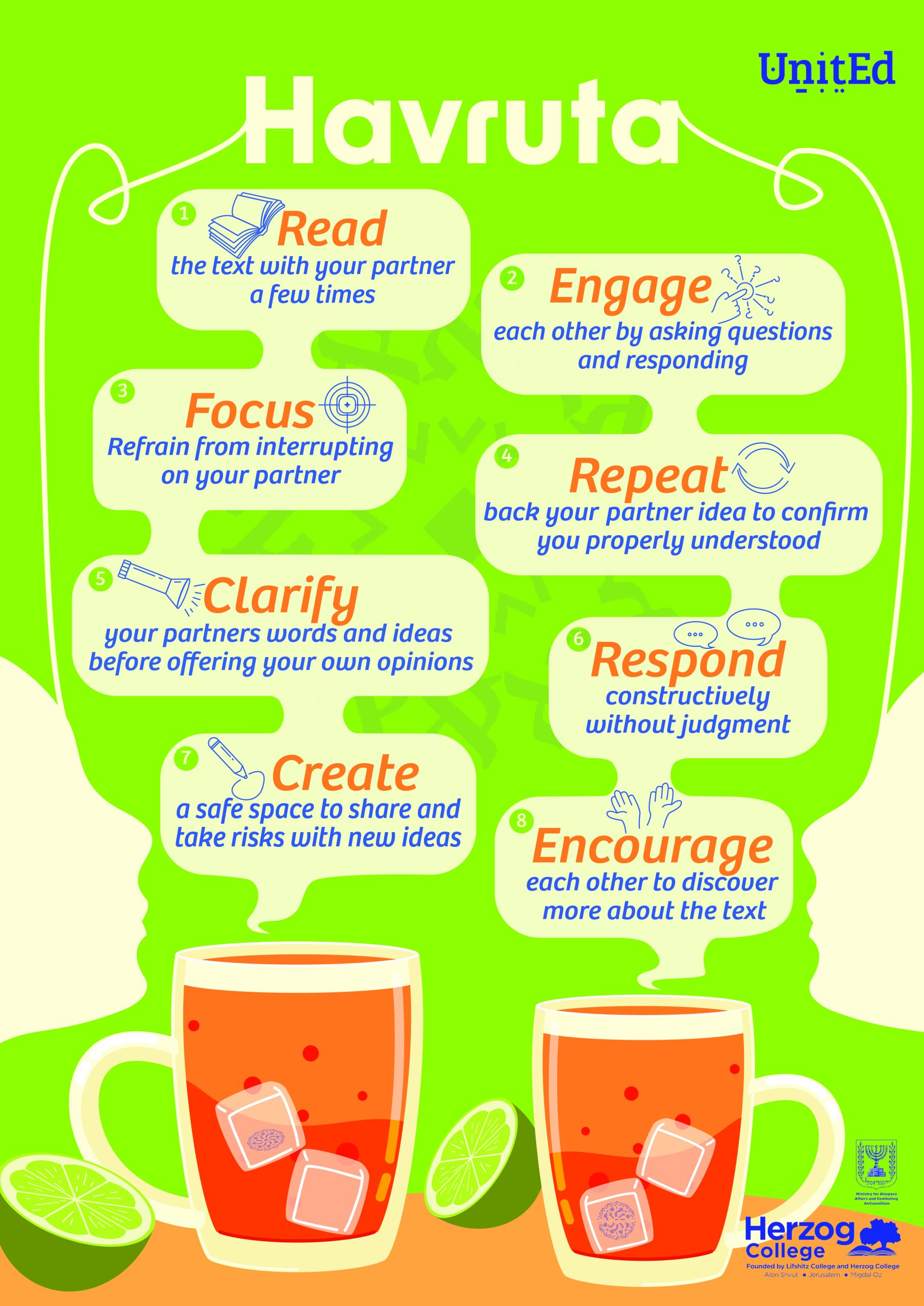Havruta
Learning
Learning
Learning
What Is This?
Havruta is a traditional Jewish way of collaborative learning which stems from the Aramaic word for ‘friend’ or ‘companion’. Havruta is a traditional rabbinic approach to Jewish text study where two people create a dialogue with a text while challenging and refining each other’s questions and insights. In fact, havruta learning is a three way conversation between the two learners and the text. Havruta learning emphasizes the importance of dialogue, listening skills and learning to understand each other’s point of view.
How To Use It?
Begin by selecting a text. Make sure to choose a text which students can begin to decipher independently. Choose a text that includes a “point of doubt” or ambiguity. Texts can be fiction, non-fiction, or even visual media. Create a cluster of questions to help trigger discussions regarding the content or the purpose of the text. When completing a havruta session, assess and reflect on the quality of dialogue and the experience of the learners.
When To Use?
Havruta can be used to introduce new texts. It can also be used to further explore or review texts which have been introduced by the teacher before. Havruta can be used as a beginning activity for a lesson to raise students’ engagement with learning content. Havruta can also offer an entire lesson of self directed learning, once study guidelines have been set and practiced.
How To Assess?
Havruta learning can be assessed on two different levels. Teachers can choose to assess the understanding of the text learnt during havruta by quizzing, writing short essays or presenting short verbal summaries of havruta sessions. It is as important to assess the quality of listening and dialogue as well as the formation of new knowledge. A short list of reflective questions can help students learn to improve these skills.

